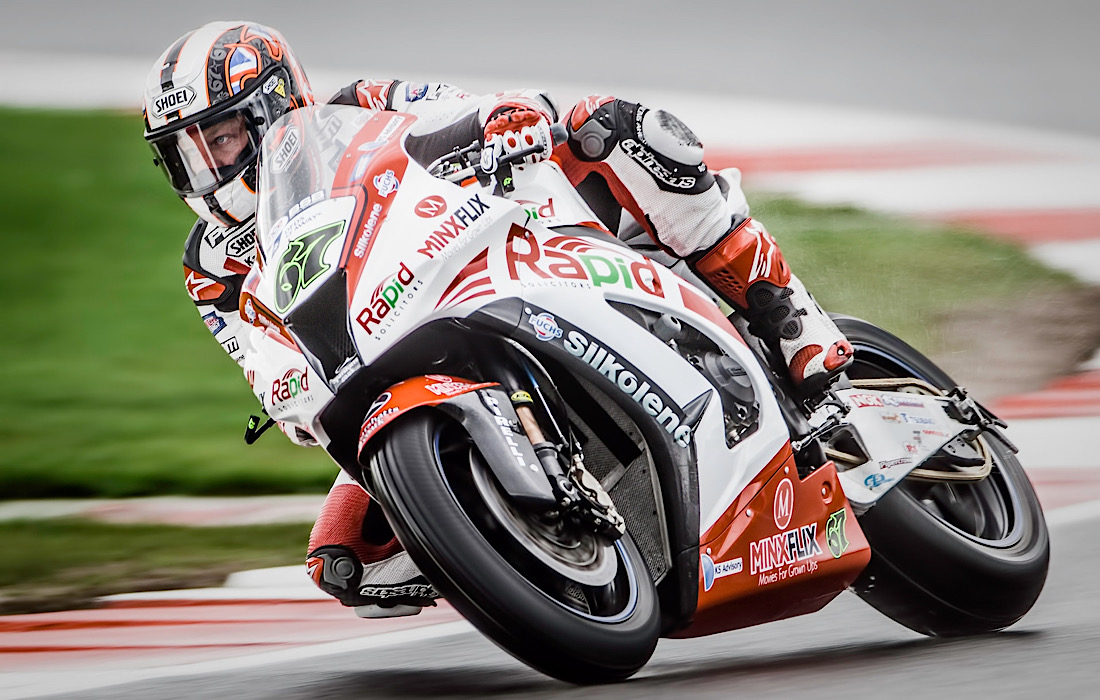The Isle of Man TT (Tourist Trophy) race is the ultimate test of skill and bravery for motorcycle racers. It has a rich history that has evolved since its inception in 1907, and today, it is considered to be one of the most challenging and prestigious motorcycle races in the world.
The first Isle of Man TT race took place on May 28, 1907. At that time, the event was organized by the Auto-Cycle Club, and it was a time trial race that covered one lap of the island, which was approximately 15 miles long. The race was won by Charles R. Collier, who rode a Matchless bike, and he completed the lap in just under 4 hours and 9 minutes at an average speed of 38.3 mph.
The race quickly gained popularity and was soon recognized as one of the most challenging motorcycle races in the world. In 1911, the race was extended to 3 laps of the island, which totaled a distance of approximately 226 miles. The course was rough, and the riders had to navigate through narrow country roads, steep hills, and sharp corners. The race was won by Oliver Godfrey, who rode an Indian bike, and he completed the course in just over 6 hours and 12 minutes at an average speed of 38.21 mph.
Over the years, the race continued to evolve, and by the 1920s, riders were reaching speeds of over 80 mph on the straights. In 1923, the first sidecar race was held, which added a new dimension to the event. The sidecar race quickly became a popular event, and in 1949, the first lightweight race was introduced, which featured smaller bikes and a shorter course.
By the 1950s, the race had become so popular that it had become known as the “Island Classic.” Riders from all over the world came to compete in the event, and it became a showcase for the latest in motorcycle technology and engineering. In 1955, the legendary Italian racer, Giacomo Agostini, competed in the TT for the first time, heralding a new era of international competition. Agostini would go on to win the TT an astonishing 10 times between 1968 and 1972 and has always been considered a true legend of the race.
Throughout the 1960s and 1970s, the TT continued to evolve. In 1976, the TT became the first motorcycle race to introduce on-board camera footage, which allowed viewers around the world to experience the race from the riders’ perspectives. In the 1980s, the race was marred by several tragic accidents, as riders pushed themselves and their machines to the limit. Despite these setbacks, the TT continued to grow in popularity, and in the 1990s, it reached a new level of international recognition, with live coverage on television and a fan base that extended far beyond the island’s shores.
Today, the Isle of Man TT race is an iconic event that attracts the world’s best motorcycle riders. The race covers a distance of approximately 37.73 miles, and it takes place over 6 days. Competitors race on modified road bikes, and they reach speeds of up to 200 mph on the straights. The course is still one of the most challenging in the world, with narrow roads, steep hills, and sharp corners, but the riders are equipped with the latest safety gear and technology to help them stay safe.
The modern-day TT is a far cry from the early years of the race, but it still retains the spirit of adventure, skill, and bravery that has made it one of the most challenging and prestigious motorcycle races in the world. The race has had a profound impact on the sport of motorcycle racing, and it continues to be a source of inspiration and excitement for riders and fans alike.
